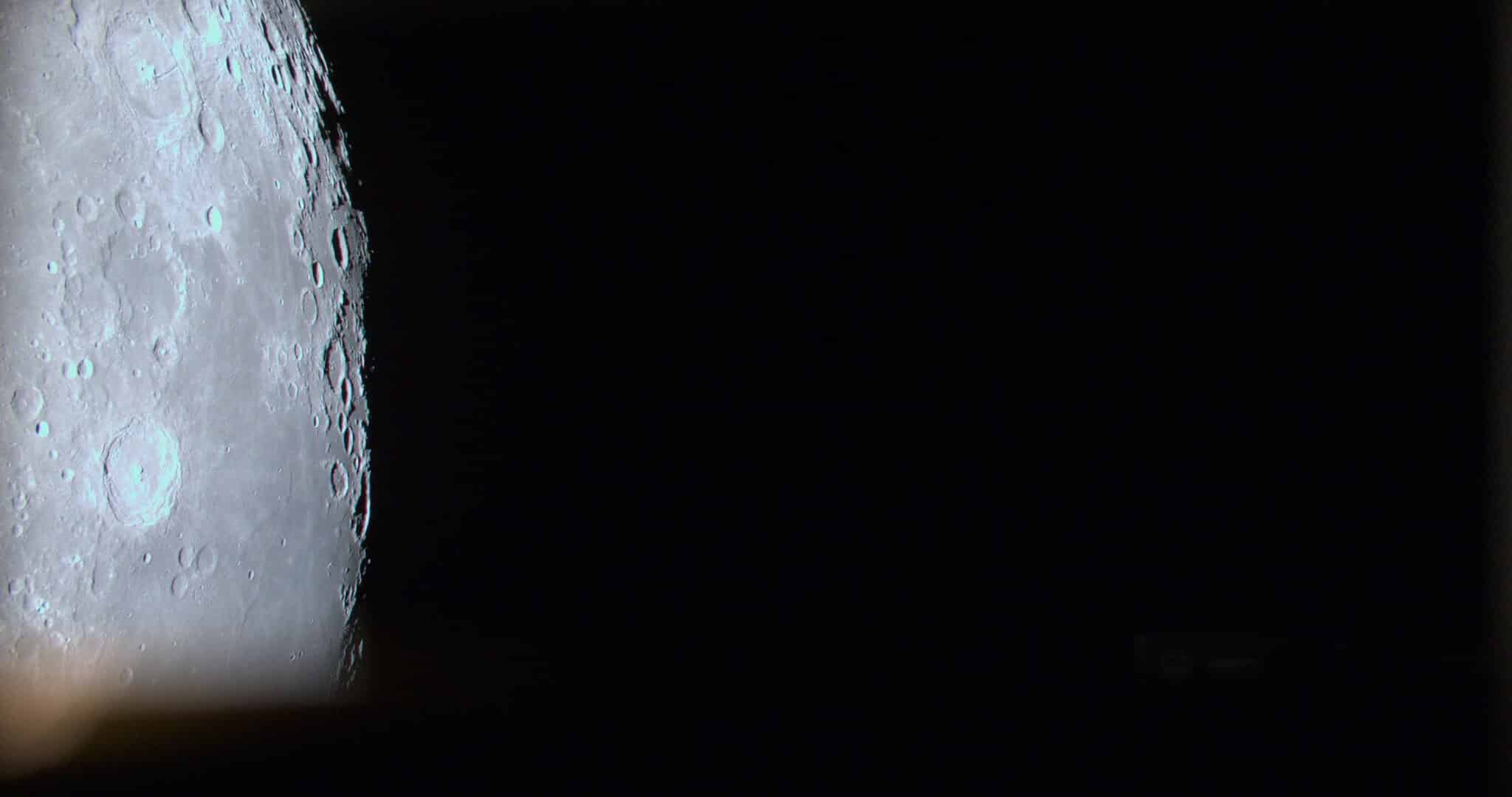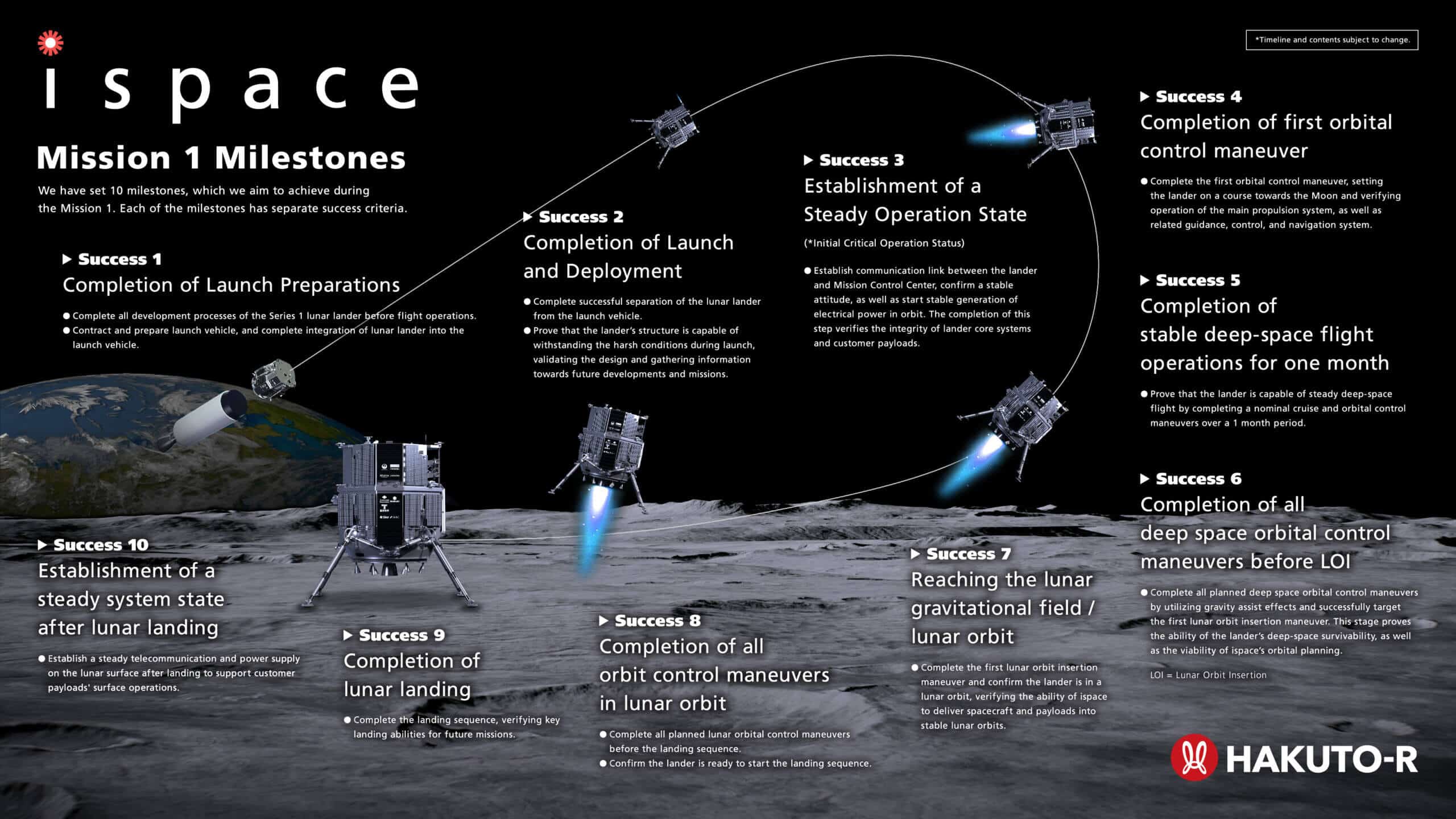ispace, one of SPACEIL's competitors, announces the earliest planned moon landing date of the HAKUTO-R 1 spacecraft - Tuesday, 25/4/2023 at 19:40 p.m. Israel time

ispace, a global Japanese lunar exploration company, announced today that the earliest planned landing date for the lunar lander HAKUTO-R Mission 1 is set for Tuesday, April 25, 2023, at 16:40 (UTC) or 19:40 Israel time.
As of the announcement of April 12, 2023, the Mission 1 lander orbits the moon in an elliptical orbit at an altitude of about 100 km at the nearest point and about 2300 km at the far point. After entering lunar orbit, the lander's built-in camera successfully captured and acquired images of the moon.
The lander is planned to perform multiple orbital control maneuvers to reach a 100 km circular orbit around the moon to complete the success of the mission milestones.
Around 15:40 on April 25, 2023 (UTC), the lander is scheduled to begin the landing sequence from an orbit at an altitude of 100 km. During the sequence, the lander will perform an engine brake burn to slow down. Using a series of predetermined commands, the lander will adjust its approach and reduce its speed in order to make a soft landing on the lunar surface. The process will take about an hour.
If the conditions change, there are three alternative landing sites and depending on the site, the landing date may change. Alternative landing dates, depending on operational conditions, are April 26, May 1 and May 3, 2023.
"To all our supporters and everyone who has been looking forward to the day we land on the moon, I am pleased to announce the planned landing date for Mission 1," said Takeshi Hakamada, founder and CEO of ispace. "What we have achieved so far is already a great achievement, and we are already applying the lessons from this flight to our future missions. I want to again express my heartfelt thanks to those who have worked so hard on this mission, including the engineers who have been performing the long-term operations since our launch in December. The stage is set. I look forward to witnessing this historic day, which will mark the beginning of a new era of commercial missions to the Moon."
Mission 1, ispace has set 10 milestones between launch and landing, and aims to achieve the success criteria set for each of these milestones. Acknowledging the possibility of an exception during the mission, the results will be weighed and evaluated against the criteria and will be integrated into future missions already in development from now until 2025. Mission 2 and Mission 3, which will also contribute to NASA's Artemis program, will further improve the maturity of ispace's technology and business model. Future announcements on the progress of achievement of milestones are expected to be published after they are achieved.

More of the topic in Hayadan:
